

The first 3D printer was invented in the 1980s by Chuck Hull, and the patent for the technology was filed in 1986. Hull's invention, called stereolithography, used a beam of ultraviolet light to cure and solidify thin layers of photopolymer resin, one layer at a time, to create a 3D object.
Since then, 3D printing technology has continued to evolve and improve. Today, there are many different types of 3D printers, each using a variety of technologies and materials to create 3D objects. These technologies include fused deposition modeling (FDM), selective laser sintering (SLS), and selective laser melting (SLM).
3D printing has a wide range of applications, including prototyping, manufacturing, and medical procedures. It has the potential to revolutionize the way we create and produce objects, making it easier and more cost-effective to customize and manufacture goods on a small scale.
The first 3D printer was invented by Chuck Hull in the 1980s. Hull filed a patent for his invention, called stereolithography, in 1986. Stereolithography is a 3D printing technology that uses a beam of ultraviolet light to cure and solidify thin layers of photopolymer resin, one layer at a time, to create a 3D object. Chuck Hull is often referred to as the "father of 3D printing."
Since its invention in the 1980s, 3D printing technology has evolved and improved significantly. One of the main areas of improvement has been in the range of materials that can be used to create 3D objects. Early 3D printers were limited to using plastics, but today, they can print with a wide variety of materials, including metals, ceramics, and even food.
Another area of evolution has been in the accuracy and resolution of 3D printing. Early 3D printers had relatively low resolution and were not able to produce finely detailed objects. Today's 3D printers, however, are capable of producing objects with very fine details and high resolution.
In addition, 3D printing technology has become more affordable and accessible. Early 3D printers were expensive and only available to large businesses and research institutions. Today, however, there are many affordable 3D printers on the market that are suitable for use by individuals and small businesses.
Overall, the evolution of 3D printing technology has made it more versatile, accurate, and accessible, opening up a wide range of applications in areas such as manufacturing, medicine, and even fashion.
The FlashForge Guider 3 is a high-end 3D printer that is known for its precision and reliability. Some key features of this 3D printer include:
Large build volume: The Guider 3 has a build volume of 400 x 400 x 500 mm, which is larger than many other 3D printers in its class. This allows you to print larger objects or multiple objects at once.
High precision: The Guider 3 has a minimum layer thickness of just 50 microns, which allows it to produce very fine details and high resolution prints.
Reliability: The Guider 3 has a closed design and an active cooling system, which helps to ensure consistent and reliable prints. It also has a filament run-out sensor and an automatic bed leveling system to further improve reliability.
Versatility: The Guider 3 can print with a wide variety of materials, including PLA, ABS, PETG, TPU, and more. It also has a dual extruder system, which allows you to print with two different materials or colors at the same time.
Ease of use: The Guider 3 has a user-friendly interface and a touch screen display for easy control and operation. It also has an onboard camera for remotely monitoring your prints.
Overall, the FlashForge Guider 3 (https://top3dshop.com/product/flashforge-guider-3-3d-printer) is a high-quality 3D printer that is suitable for a wide range of applications and is known for its precision, reliability, and versatility.